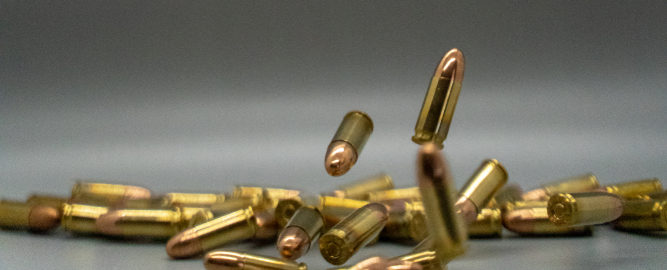G7 performance on governing arms control
Recent global flashpoints highlight the urgent need for the G7 to address global arms proliferation
Arms control and non-proliferation of weapons of mass destruction have long been among the G7’s core objectives. Over the past year, as traditional vertical and horizontal arms proliferation continued to challenge regional stability and international security, the outbreak of the COVID-19 pandemic indirectly demonstrated the world’s unpreparedness for the disruptive impact of a potentially deliberate biological event. A statement issued by the G7 Non-Proliferation Directors Group on 19 April 2021 named Iran, North Korea, Russia and Syria as primary flashpoints for developing, testing or deploying WMD, highlighting the urgent need for coordinated actions from the G7 leaders.
CONCLUSIONS
Arms control arrived on the G7 summit agenda at the 1977 London Summit, where the G7 leaders devoted 200 words (for 7%) of their communiqué to the exclusively peaceful use of nuclear energy. They have since addressed arms control at every summit except in 1982, with a spike in 1991 when the topic received 1,847 words (23%). At Kananaskis in 2002, in response to shocks of 11 September and the subsequent anthrax attacks in the United States, G7 leaders launched the Global Partnership Against the Spread of Weapons and Materials of Mass Destruction to monitor and prevent global proliferation. It still functions today. The Global Partnership ushered in a 10-year phase of high, consistent attention to arms control, that peaked at 4,240 words (38%) in 2012. Deliberation plummeted to 447 words (3%) in 2013 and remained under 10% since. The G7 devoted only 23 (1%) words to arms control in 2019 and did not address the issue at all at the virtual summit on 16 March 2020, called to respond to the international health crisis of COVID-19.
COMMITMENTS
From these deliberations came 349 collective, future-oriented, politically binding commitments on arms control, as identified by the G7 Research Group. This placed arms control fifth among all subjects. The leaders made 22 commitments in the first phase from 1975 to 1990, and 64 in the second phase from 1991 to 2001. The third phase, from 2002 to 2012, produced 250 commitments with an all-time-high of 44 commitments in 2011. Only 13 commitments have been made since 2013, with none in 2019 and 2020.
COMPLIANCE
Compliance with these commitments averaged 81%, based on the 32 assessed by the G7 Research Group. This was well above the average of 76% on all subjects. The highest compliance came with the arms control commitments from the 2000, 2003, 2005, 2010, 2011 and 2012 summits, with none in these years falling below 92%. The 2003 summit saw full compliance with the leaders’ promise to strengthen the monitoring capacity of the International Atomic Energy Agency. In the fourth phase from 2014 to 2020, the average compliance was a below-average 75%.
CAUSES AND CORRECTIONS
G7 leaders can improve this compliance in three ways.
First, the leaders can devote more attention to arms control during their discussions. Compliance with assessed commitments suggests a moderate, positive correlation between delivery and the amount of deliberation related to the issue. The five highest complying summits of 2000, 2003, 2005, 2010 and 2012, which averaged 96% compliance, had on average 2,518 words (19%) devoted to arms control. By contrast, the lowest complying summits of 2002, 2007, 2008, 2015 and 2016, which averaged 66% compliance, had only 1,567 words (8%) on arms control.
Second, leaders can incorporate references to the core international organisation into the commitments. Assessed commitments from 2003 and 2004 that referred to the IAEA averaged 89% compliance.
Third, leaders can set a multi-year timetable to achieve the objectives in their commitments on arms control. Commitments from 2000, 2005 and 2006 that included a five- or 10-year deadline for actions such as negotiation and provision of funds produced 91% compliance.
The recent decline in deliberation and decision-making on arms control in addition to internal, unresolved differences among the G7 members such as regarding the Joint Comprehensive Plan of Action, plus recent developments such as Russia’s deployment of military-grade nerve agent and North Korea’s new missile tests all call for urgent actions to address global arms proliferation.
At Cornwall, G7 leaders should grasp this opportunity to send a strong message to the international community that the G7 is back and ready to confront one of humankind’s gravest challenges. They can start by building on the promising work accomplished by their foreign ministers at their meeting in London on 4–5 May.












